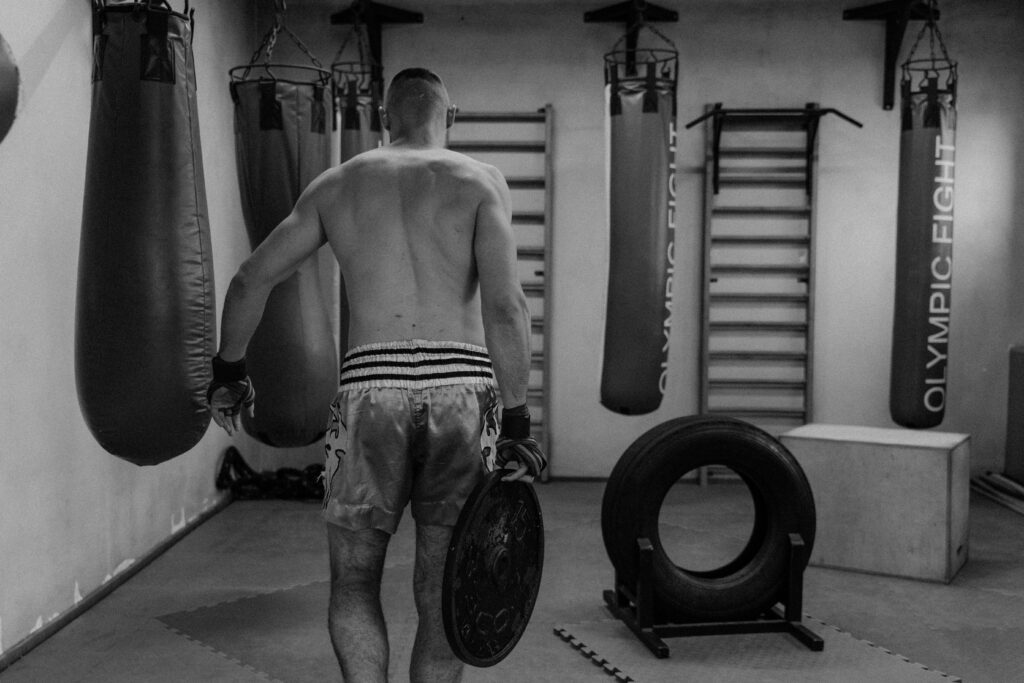Tips for Lifting and Carrying Properly, Understanding Your Spine Part 1
There are many professions where lifting and carrying are an essential part of everyday life – carpenters and woodworkers carrying timber, gardeners moving heavy stones, and nurses helping patients in and out of beds and chairs. And even if you are blessed to have an office job – where the heaviest thing you lift all day is a pencil sharpener – there are still occasions where you need to move furniture or other heavy objects.
Even if you’re healthy and in good shape (without pre-existing back or knee problems) it’s important that you learn good lifting and carrying techniques so you don’t injure yourself and you perform tasks in an efficient and body-friendly way. (If you have some kind of pre-existing condition, please consult a GP or specialist before lifting heavy loads – this is very important! Thanks!)
I’m not just trying to give you a blanket opinion, that “my way of lifting is correct, because I say so.” That’s not very useful. What I want to do is show you the cause and effect relationships between movement and results, and to suggest useful strategies based on rational analysis of movement. Only when you understand how your way of moving impacts your body, will you consider these techniques to be the “proper” way to lift or carry.
Have you ever been confronted to make a hole in the wall and you just didn’t have the right tools?
Maybe you’re doing some repairs around your home, and you need to make a hole in the wall. You don’t have a drill handy, so you make the hole using a screwdriver instead. It’s not perfect, but it will do the job. Now that your hole is finished you can place the screw in the wall and … oops. The blade on your screwdriver is now so blunt from creating the hole that you can’t get a good grip on the screw.
Just like tools, each part of our body has a purpose. If you use a tool for a something other than its purpose, it might work just as well, but it will come with a cost. Instead of wearing out your body through incorrect use, let’s agree to:
- use each tool for what it is designed for.
- use each tool in the way it is designed to be used
- apply pressure only within the limits of its material parameters
These 3 basic rules can be translated directly and effectively into criteria for healthy movement. Keeping these three rules in mind will help you distinguish correct lifting and carrying technique.
Using Your Spine For What It Was Designed For
We need to understand a bit more about how we are made and how we are made to move. Below is a sketch I’ve drawn of the spine – with its most basic structure:

Sketch 1
vertebra
disk
vertebra…
Here you can see two vertebrae: one above and one below an intervertebral disc. This is a healthy, happy spine in good condition. The charge (the pressure from movement) on the disk is pretty central and its middle white part – the nucleus pulposus – carries the charge centrally.
When we bend, our spine moves like this:

Sketch 2
vertebra
disk
vertebra…
Again you can see the two vertebrae: one above and one below the intervertebral disc. But here you can see that the charge is no longer acting centrally onto the disc. The charge onto the disk is acting now unilaterally to the front (in the picture that equals to the right) and the white part of the middle of the sketch one is now dislocated to the back side (=to your left). The nucleus pulposus no longer carries the charge centrally and the disc just doesn’t look quite that happy as in sketch one.
The compression on the disc shown in sketch 2 is perfectly normal. Our bodies are made to cope with a certain level of this type of stress and our spinal system – including our discs – can handle regular lifting and carrying for years, provided we stay within the body’s limits.
But let’s imagine we put an extra 20 kilos to an object being lifted. We know it’s probably too heavy now – and we’re holding it out from our body instead of close to it – but it will only take a moment to shift, and it’s got to be done. How much damage can that possibly do?
As there’s a significant mechanical disadvantage to moving our bodies in this way, the leverage becomes a major factor and the compression on one side of the disc becomes critical.
Instead, we might want to consider how we can best use the tool (our spine) the way it is designed – to lift the extra weight with evenly distributing compression on the surface of the disc. This makes more mechanical sense, and ensures that the disc surfaces remain parallel (which is good for our spines).
Unfortunately, although many health-and-safety professionals understand the need to “lift with a straight back”, they aren’t always the best at getting that message across. Workers listening to lectures about everything they’re doing wrong tend to close down if they feel they’re being “shouted at” for something they don’t consider a big deal.
Instead of simply telling people what they must do, I attempt to – through the application of the Alexander Technique – show people how their movements affect their body, and offer alternative ways to move.
When lifting & carrying, it is best to:
Have a straight back
– but not so straight and rigid that you make yourself uncomfortable and endanger yourself even more — you won’t impose this posture on yourself, promised?
- Make use of your other joints
– most notably your hips, knees and ankles.
It is vital to minimize physical (and other) stress while working with heavy weight. If you’re lifting heavy weight for extended periods of time, or you begin to feel uncomfortable, take the time to pause NOW and look for a new, different, better way.
By acquiring a better understanding of the anatomical facts involved, we can gain better respect for bodies and the forces involved in moving them. Then we are better able to direct these forces and make informed and deliberate choices.






